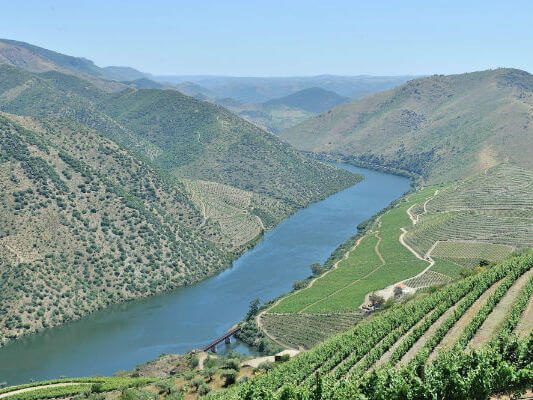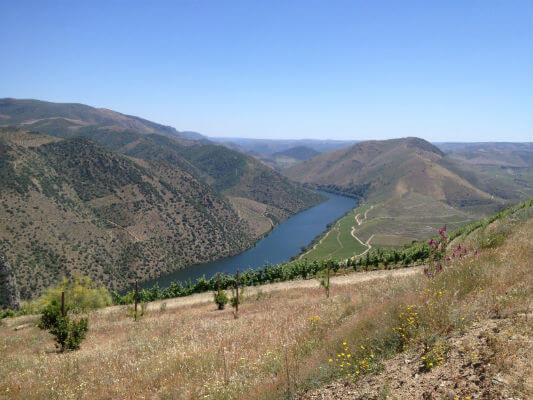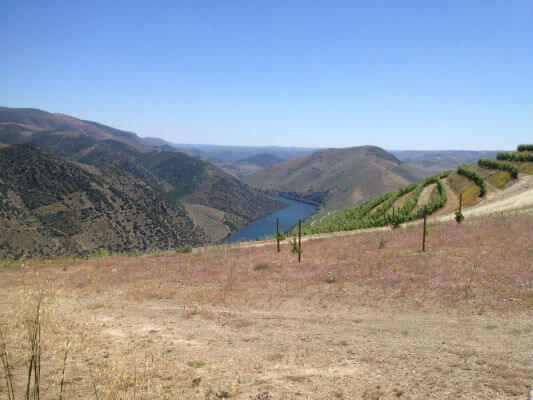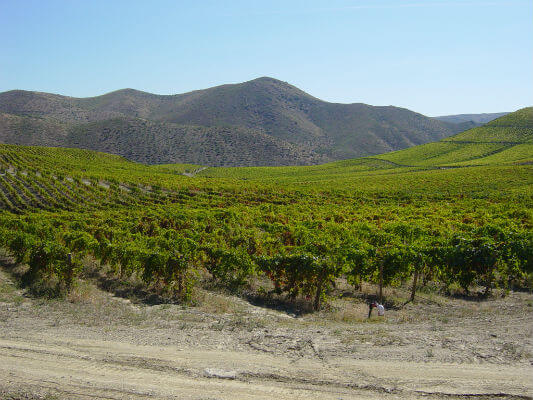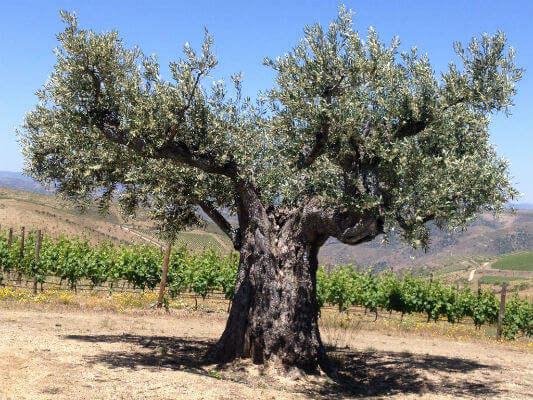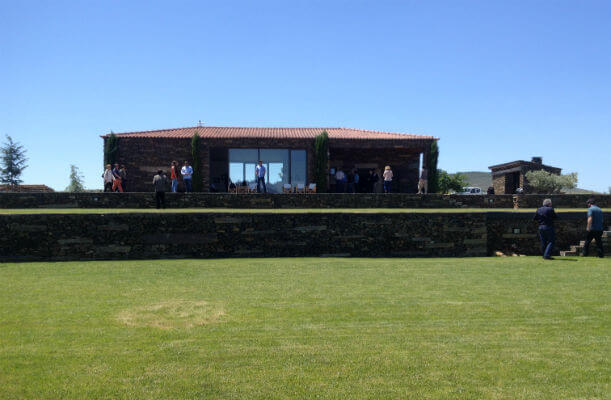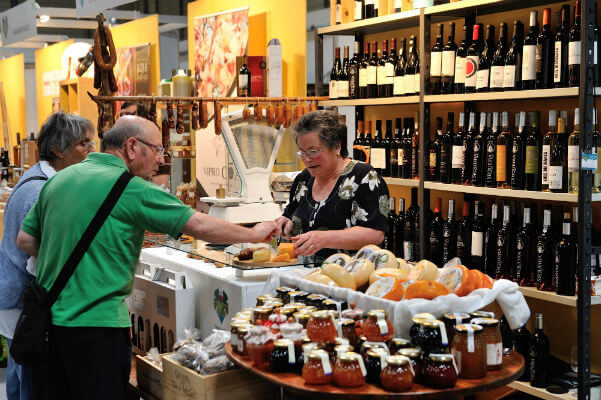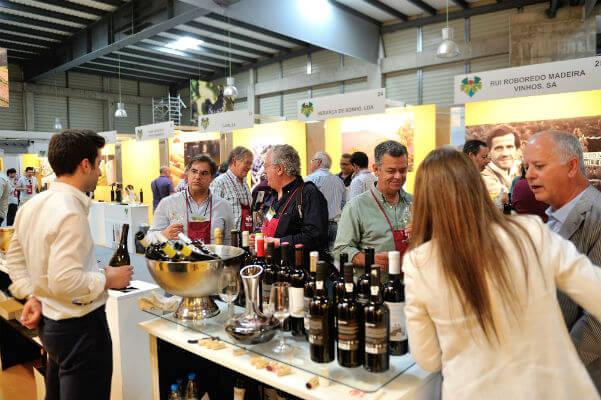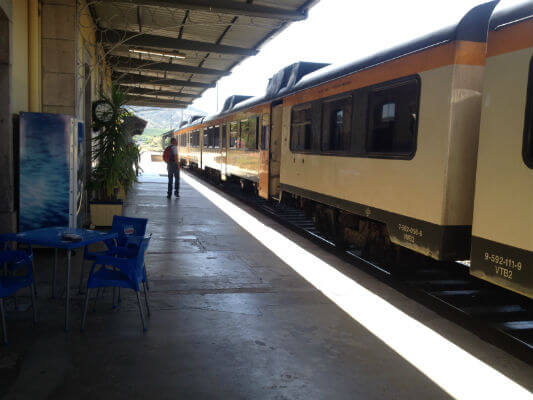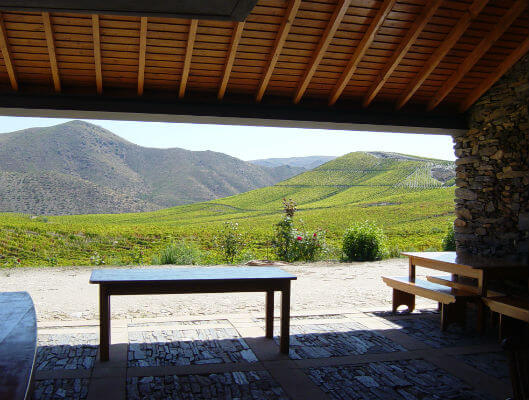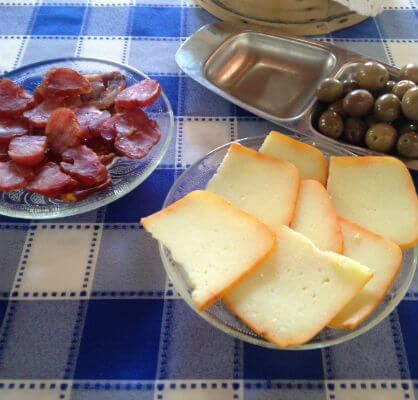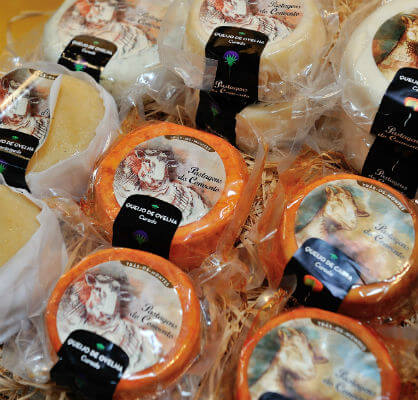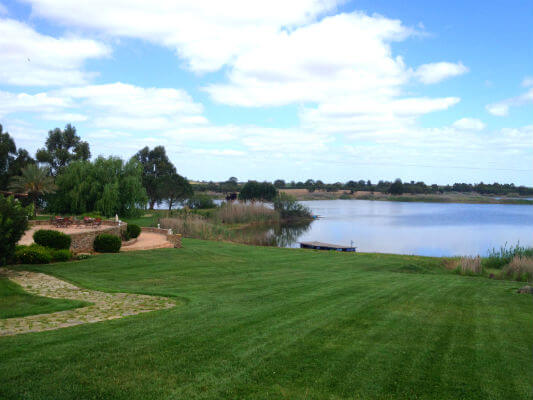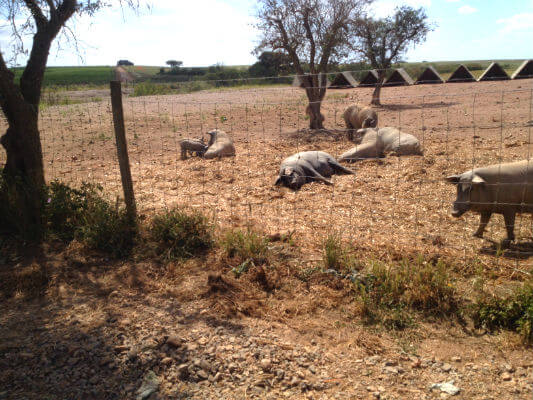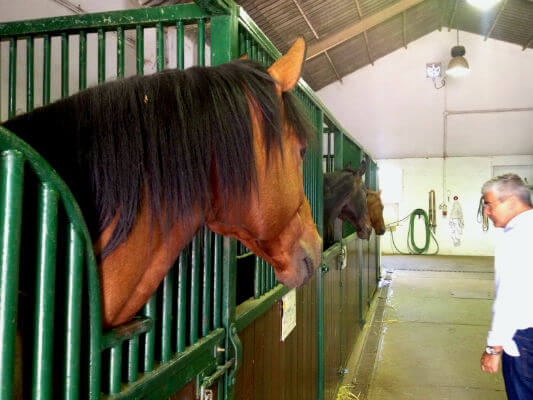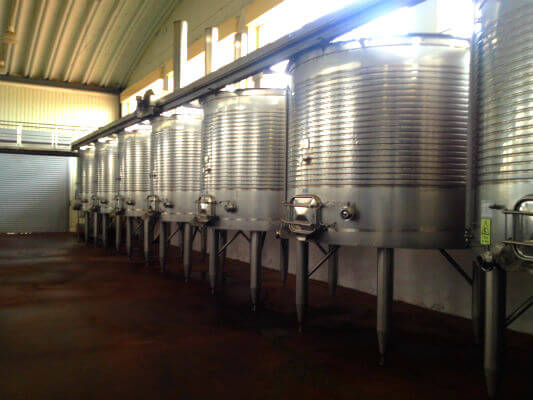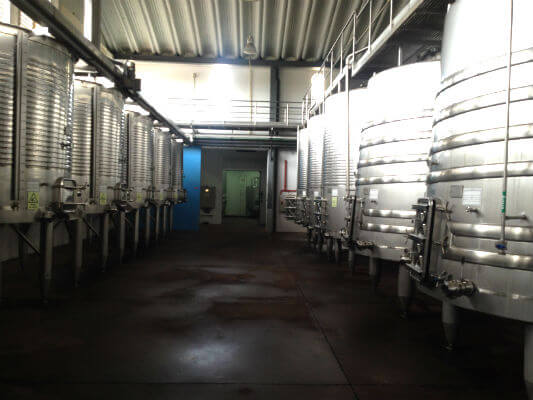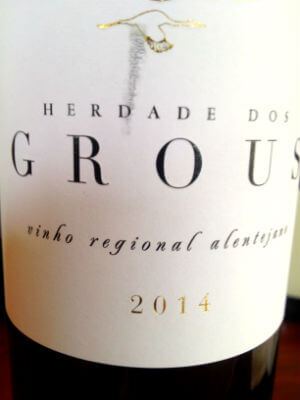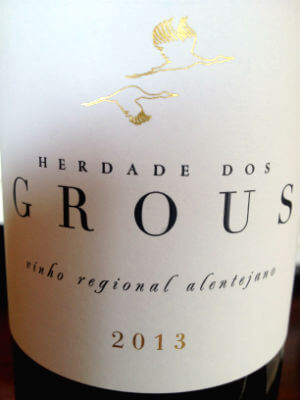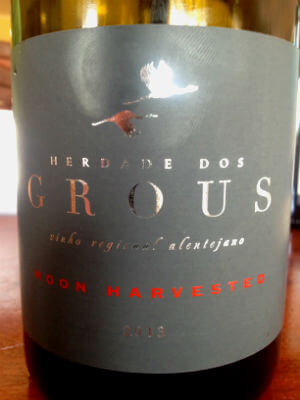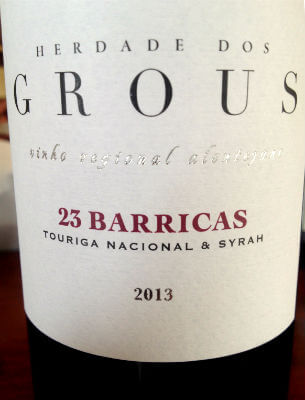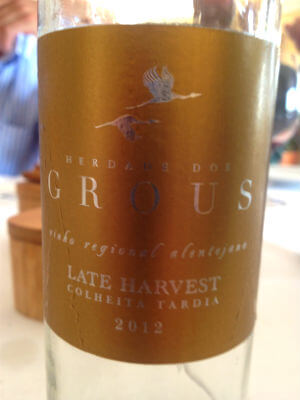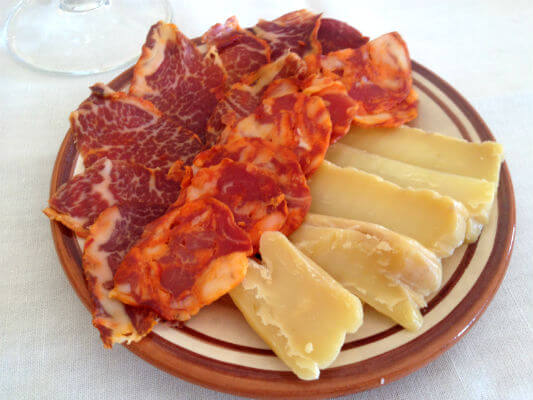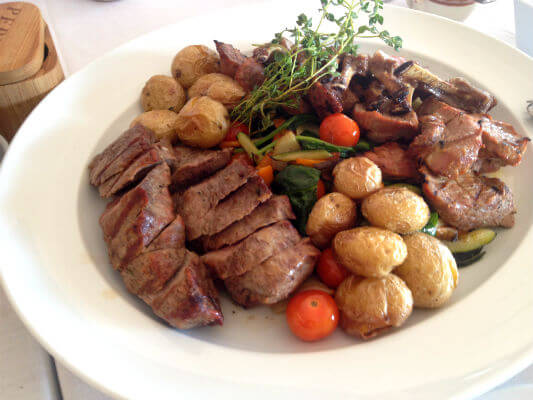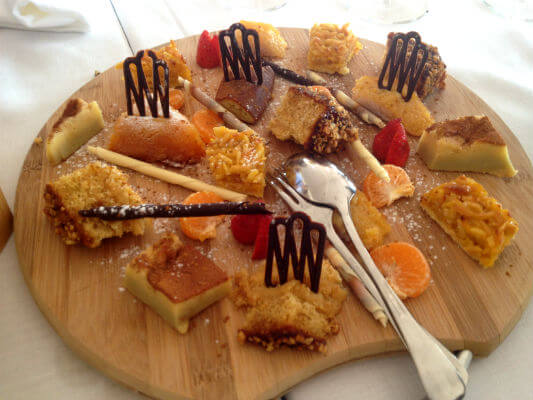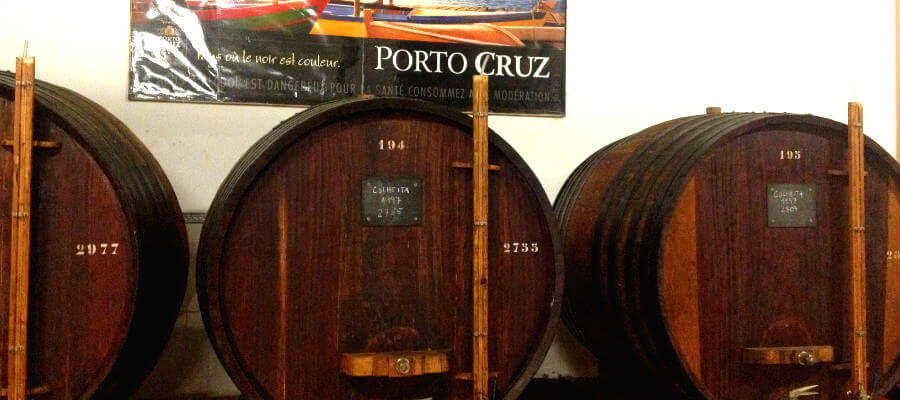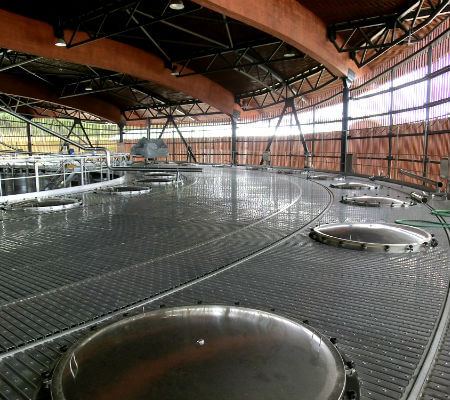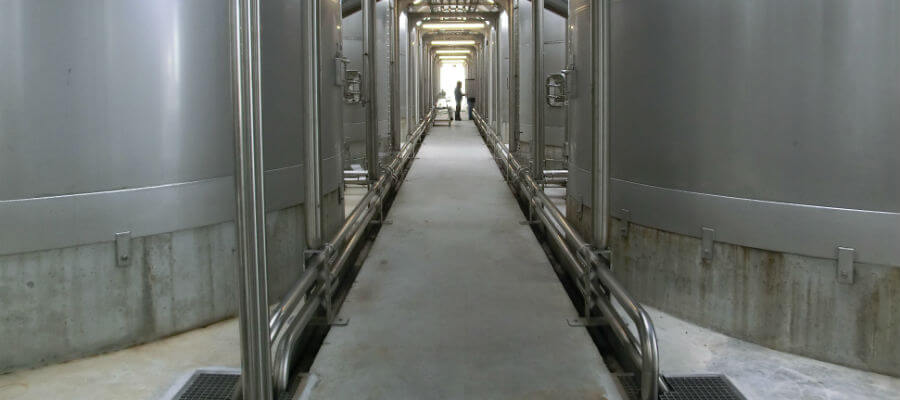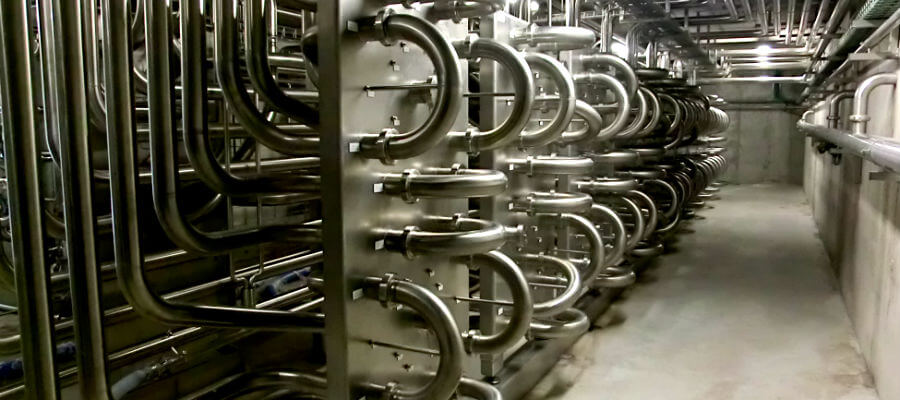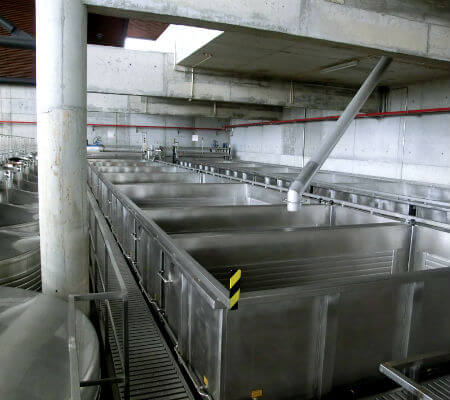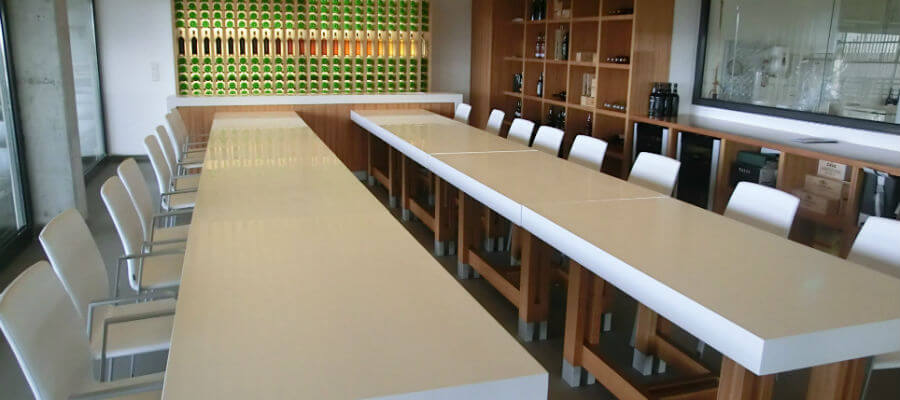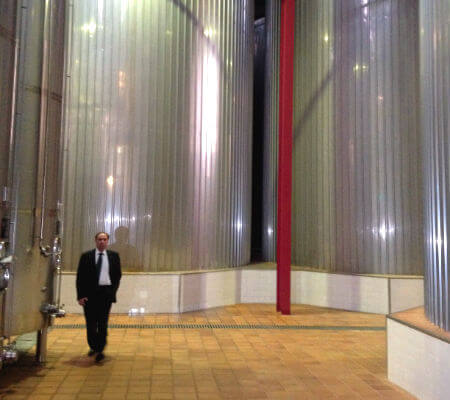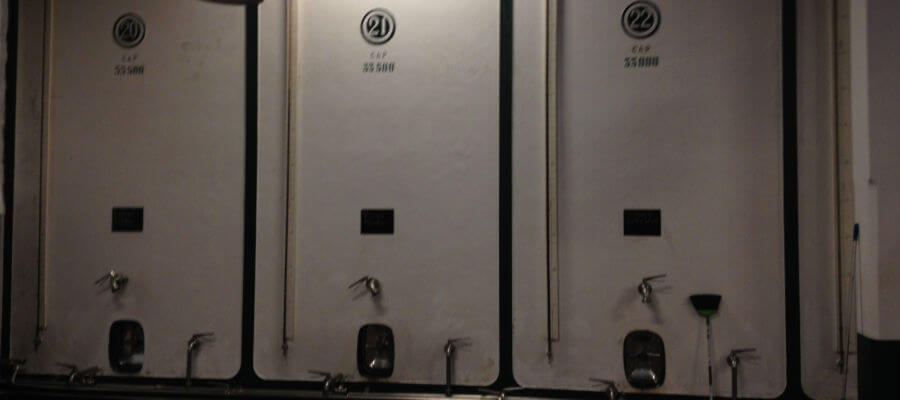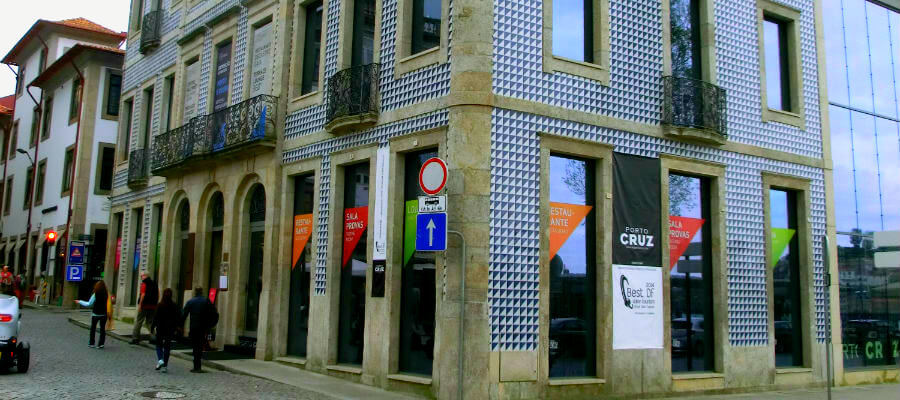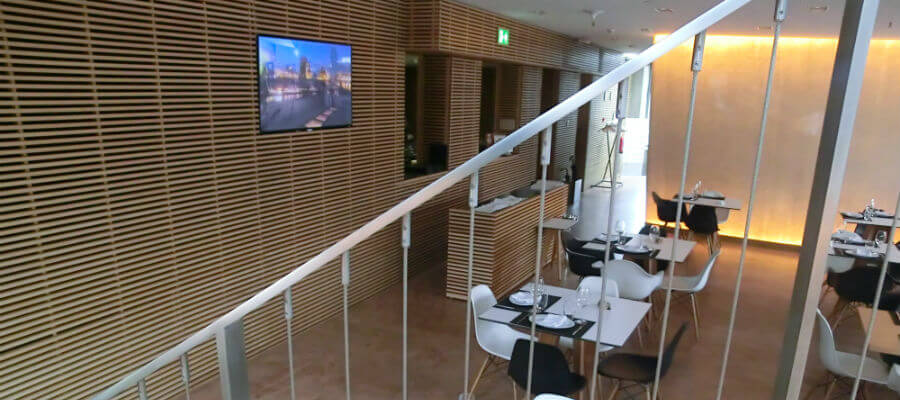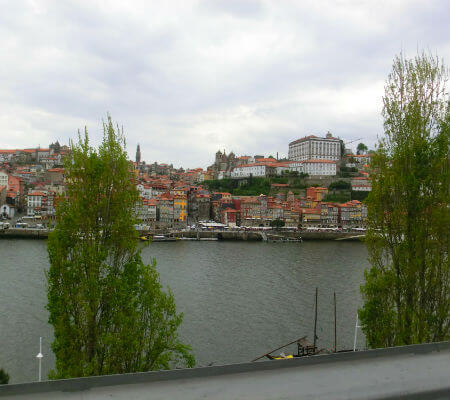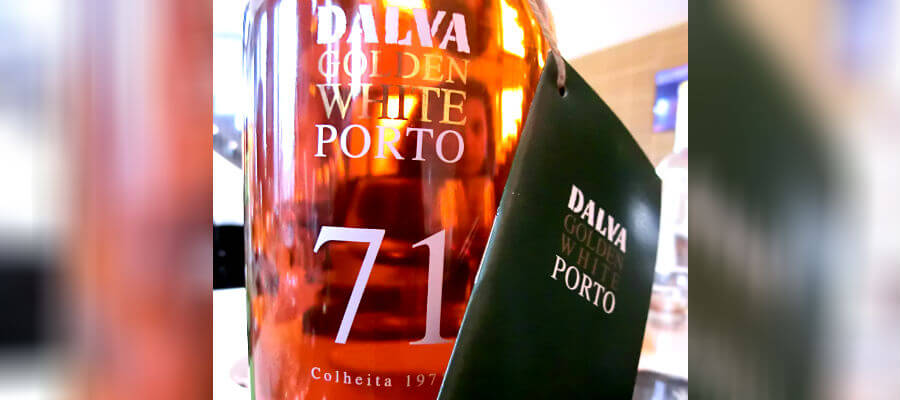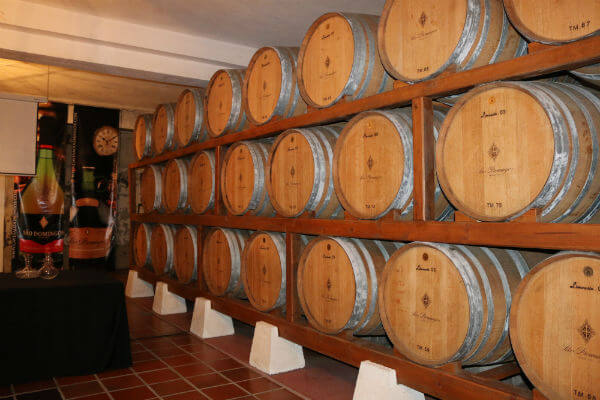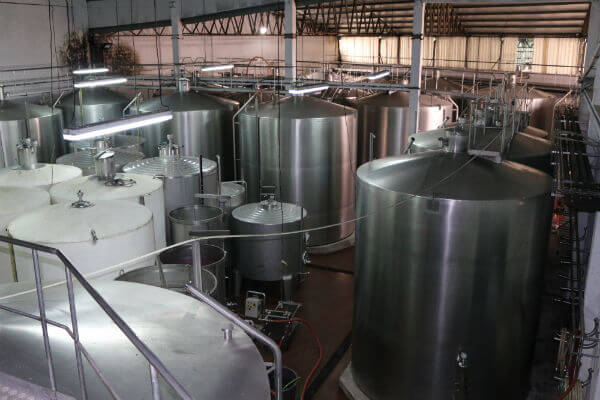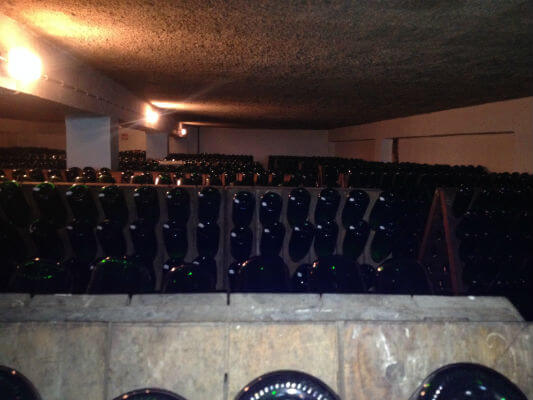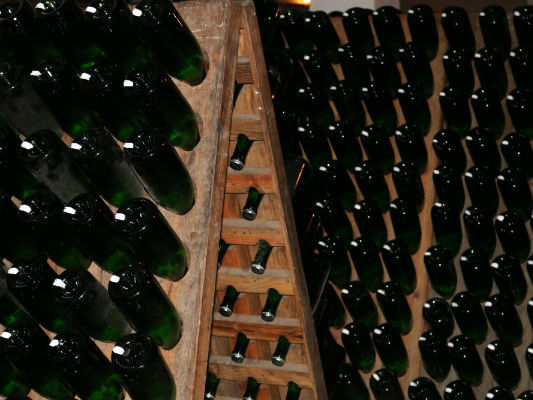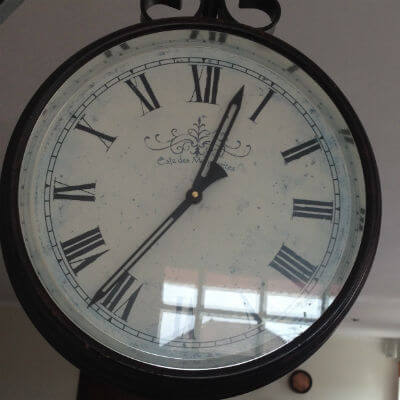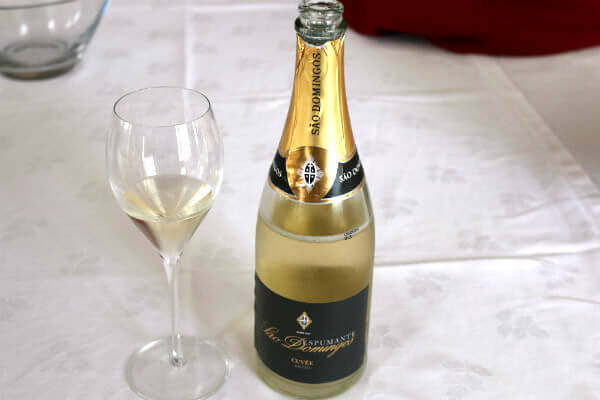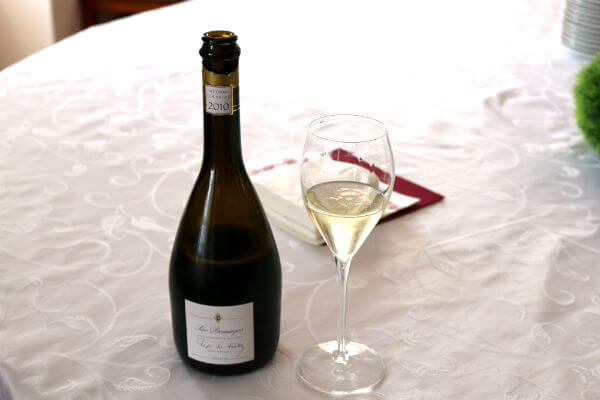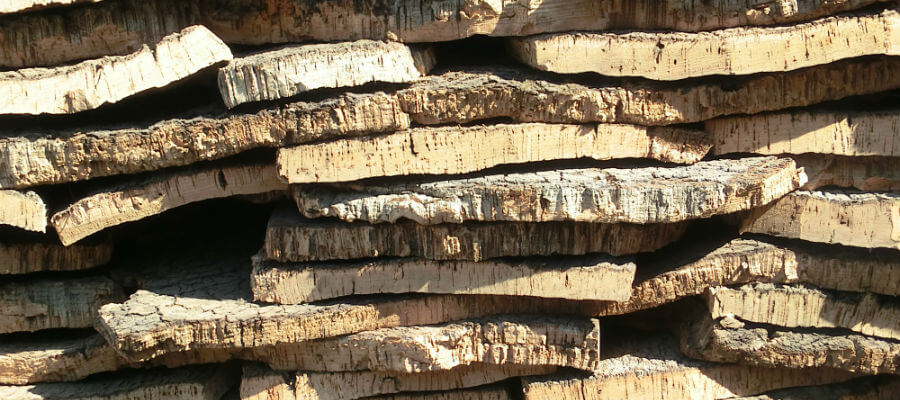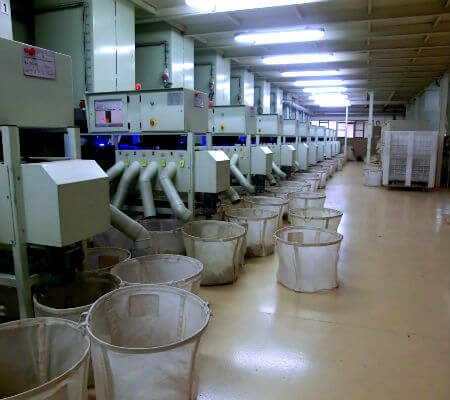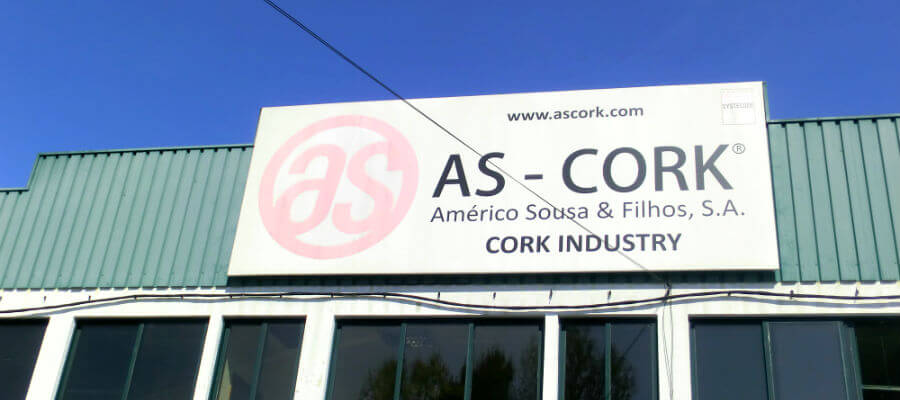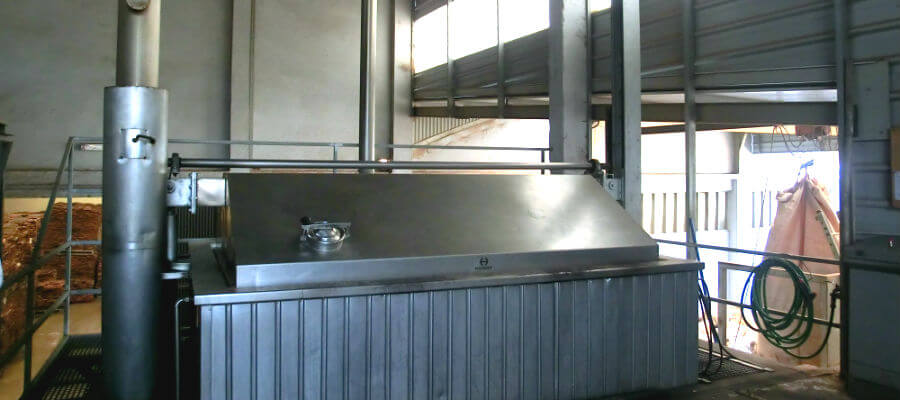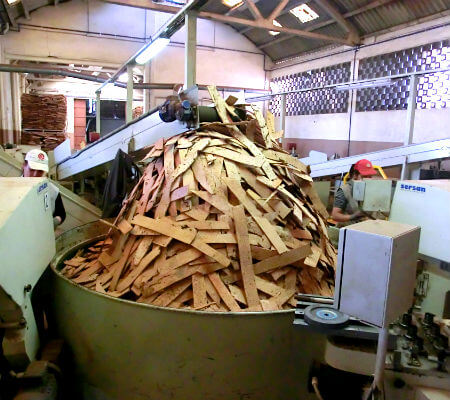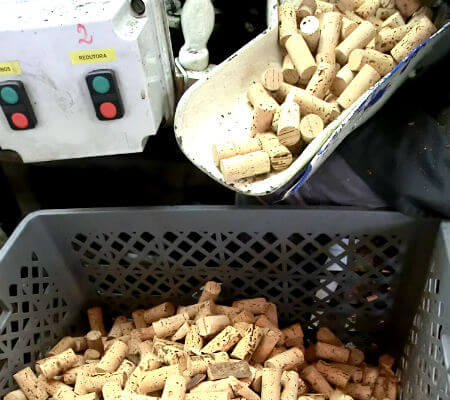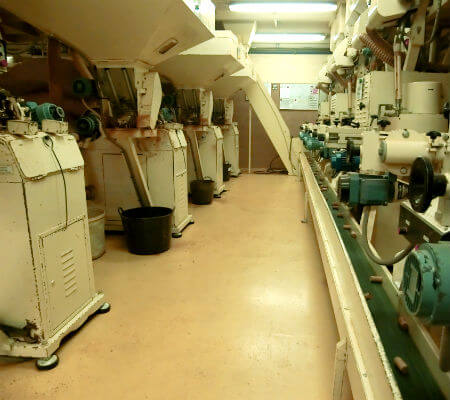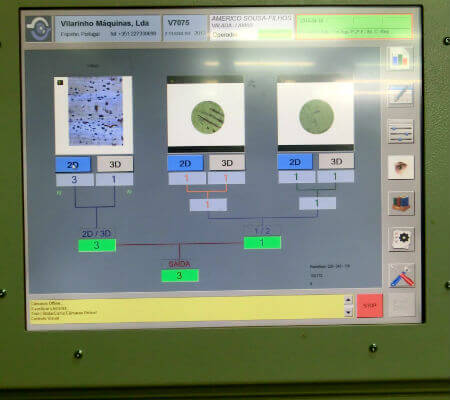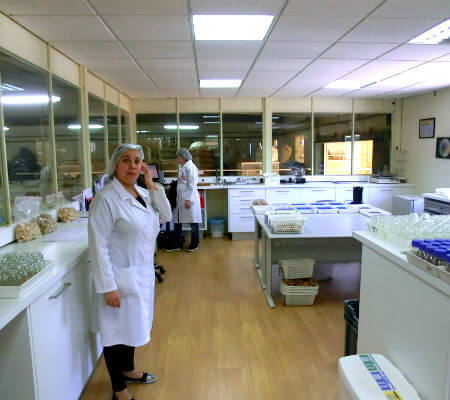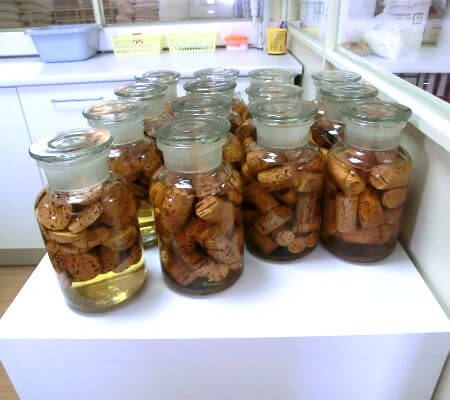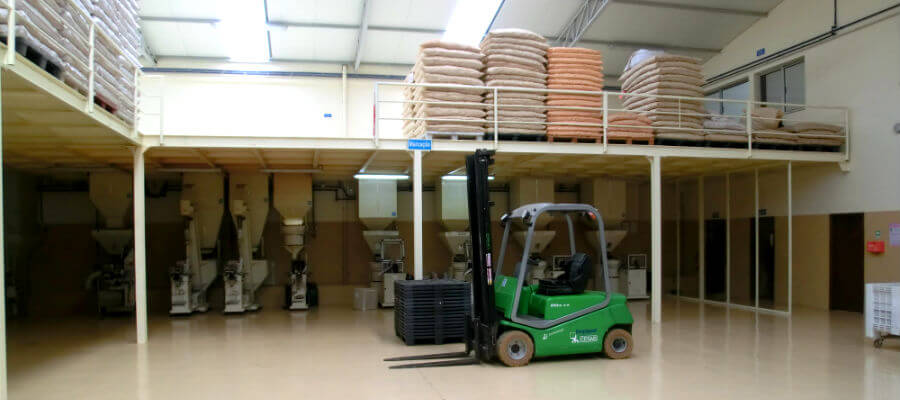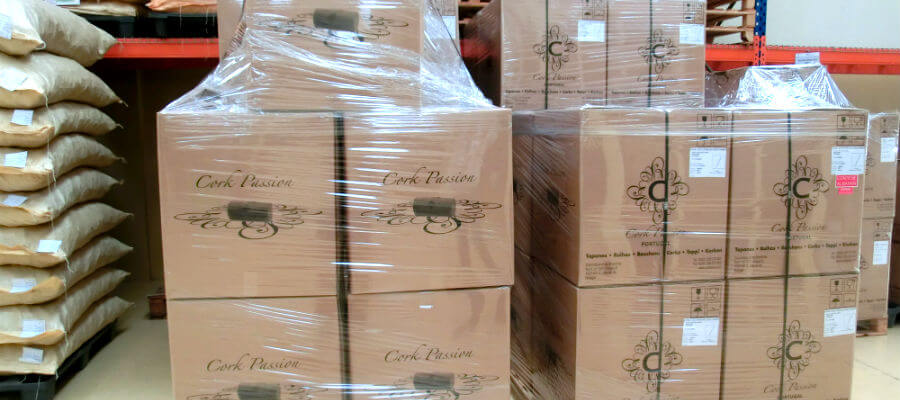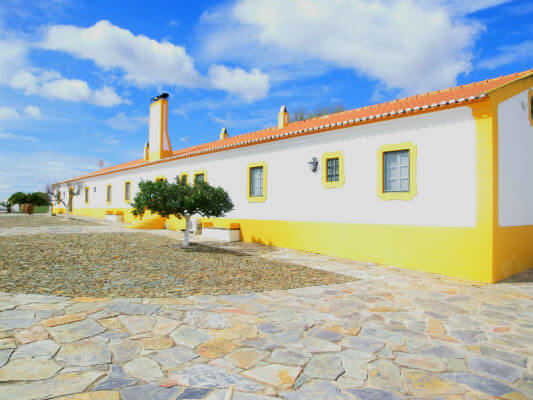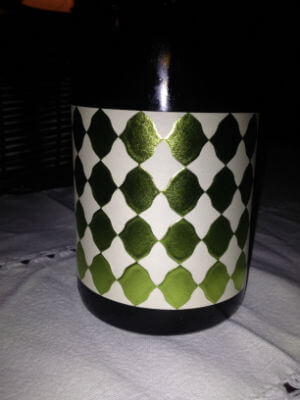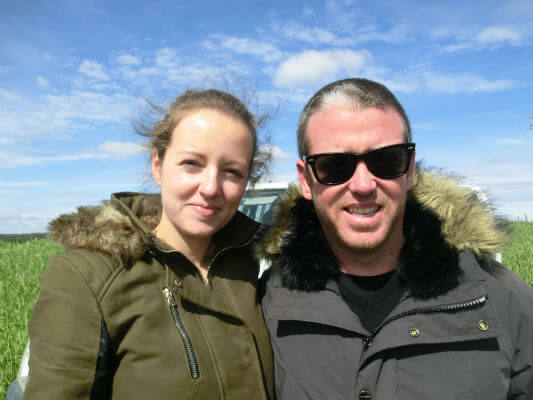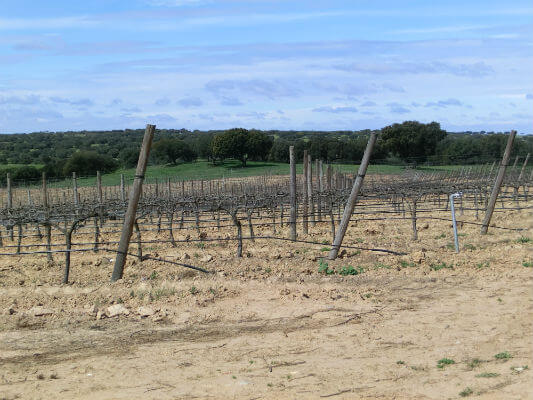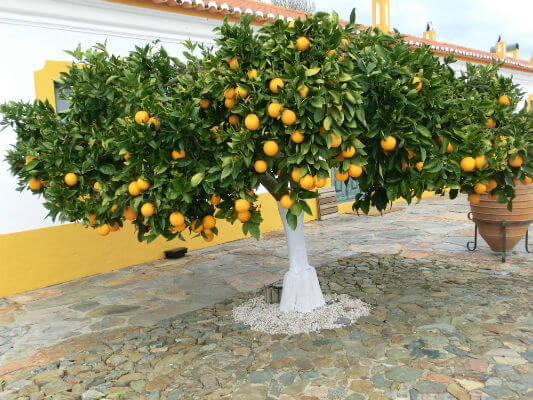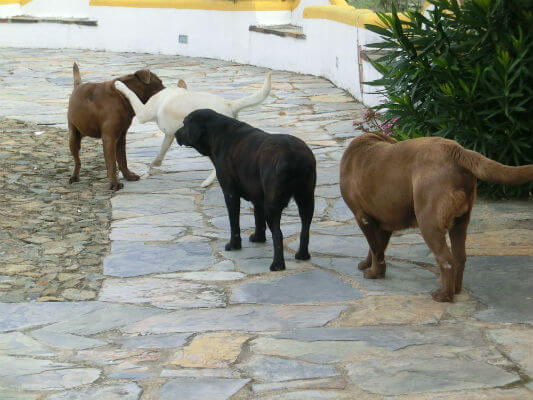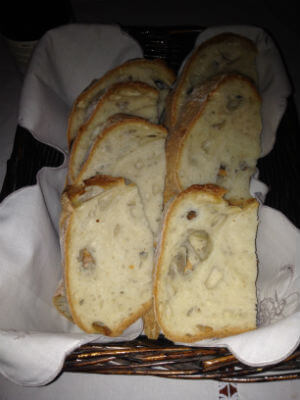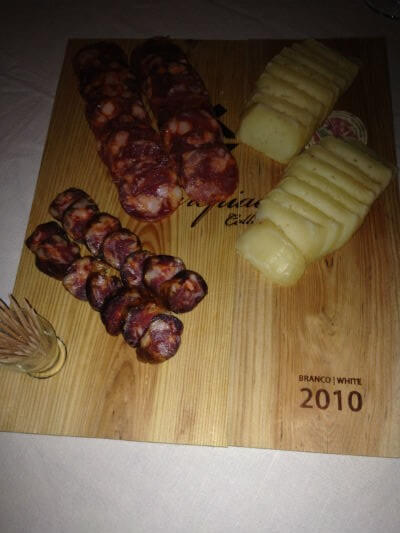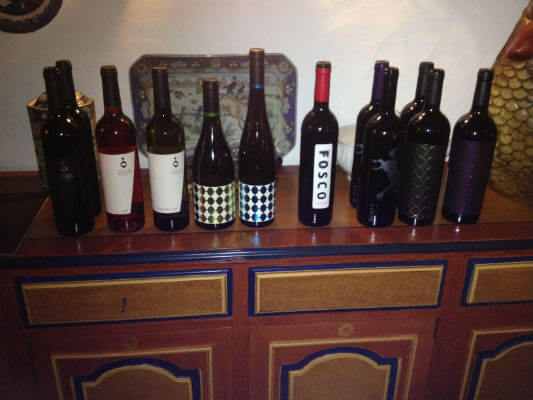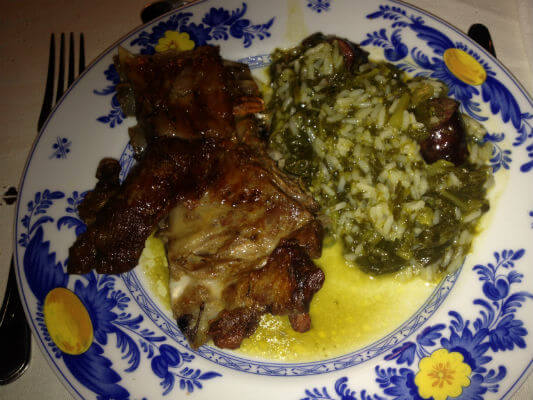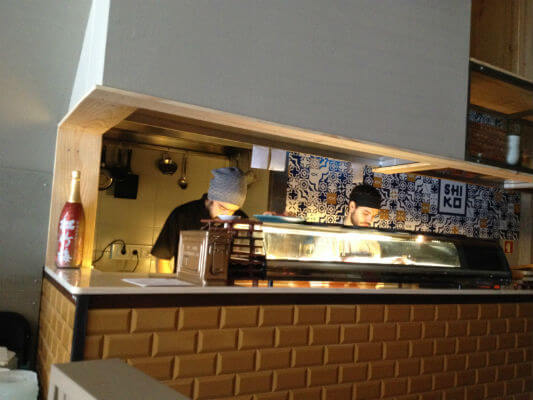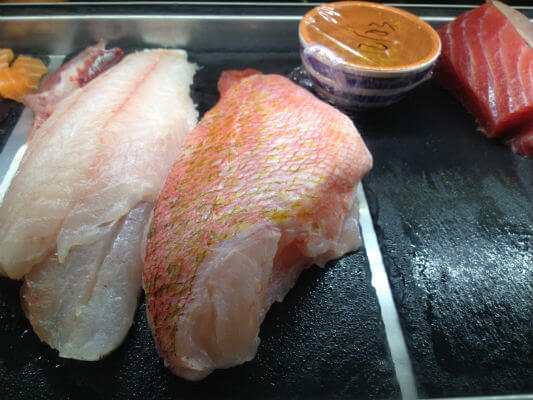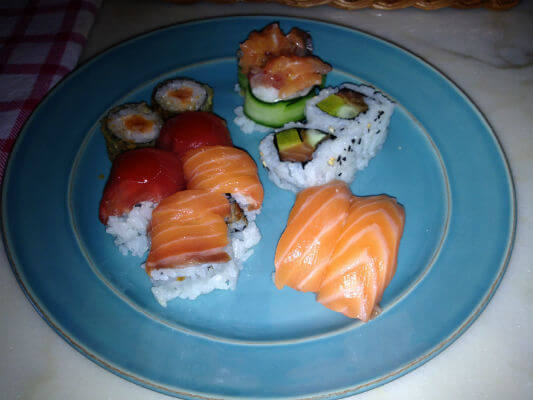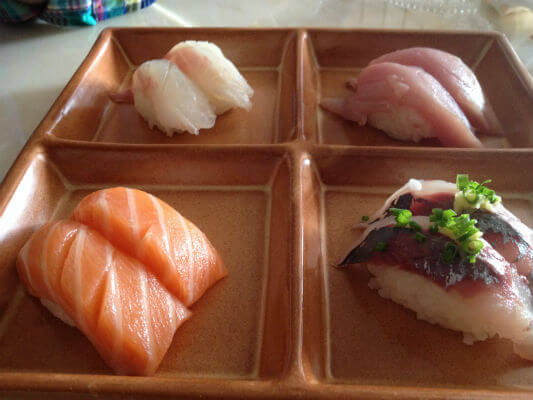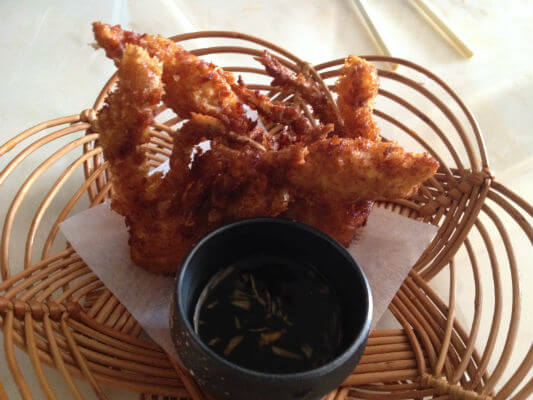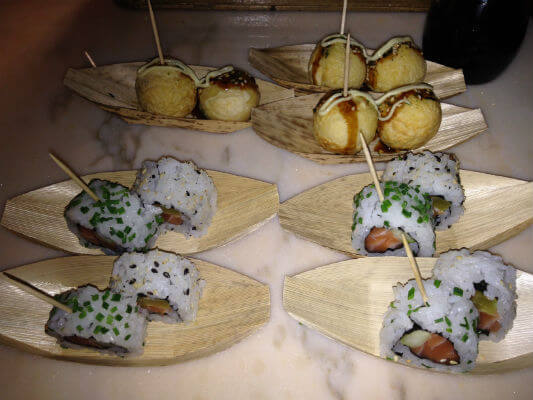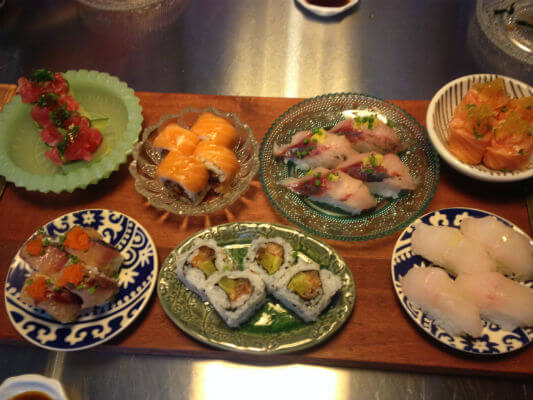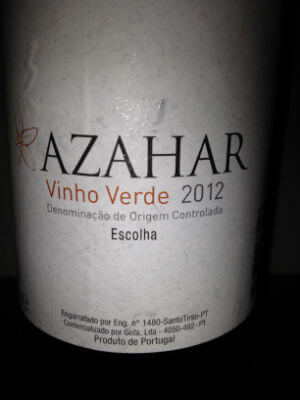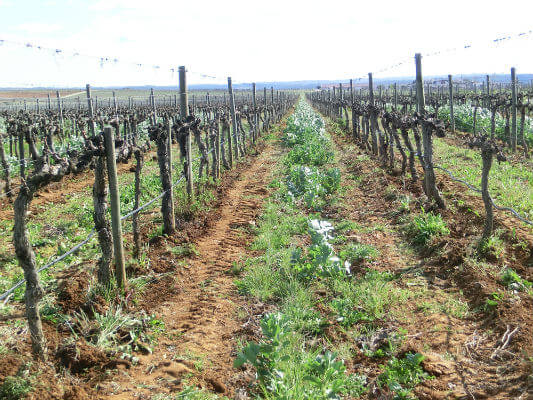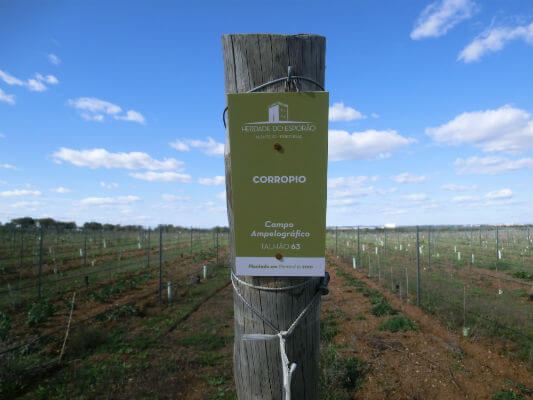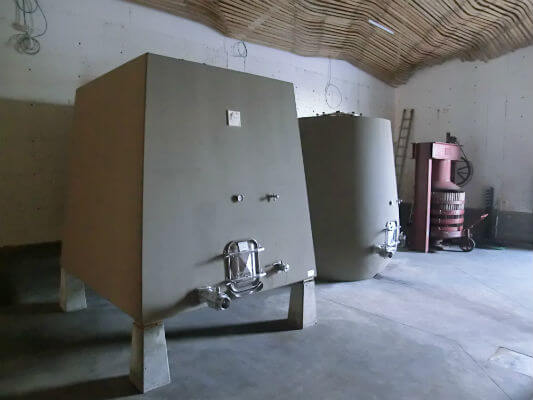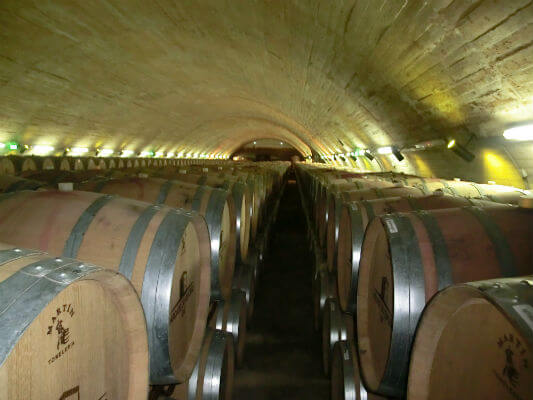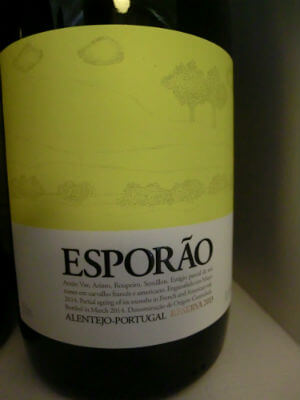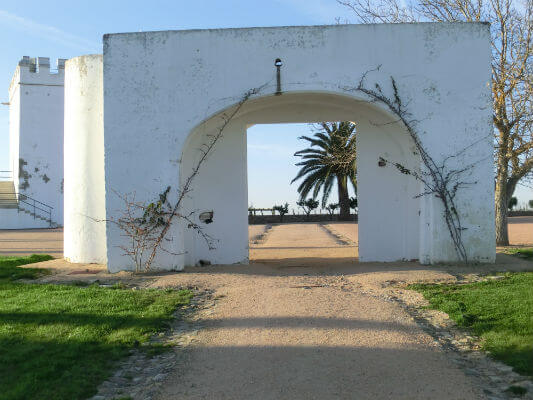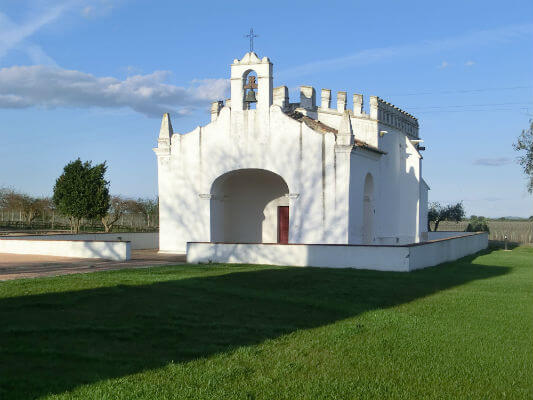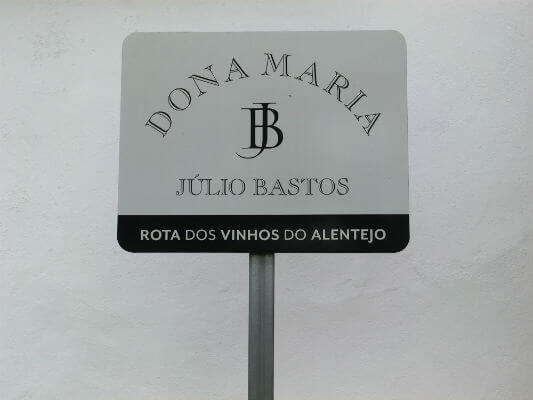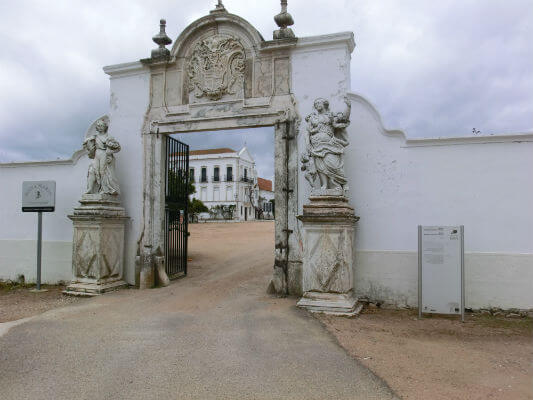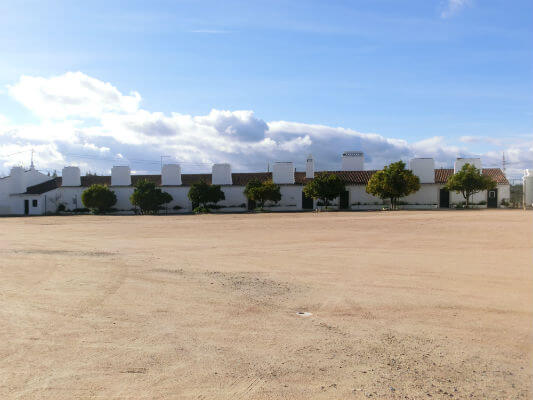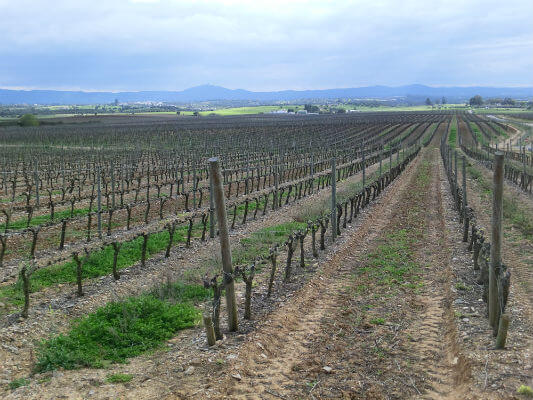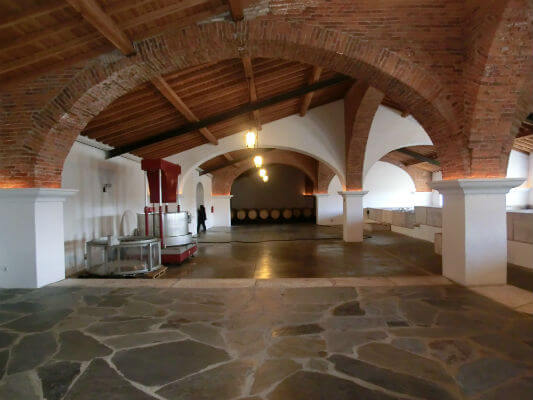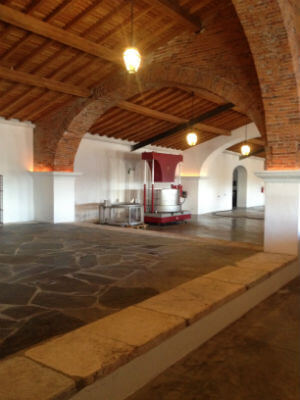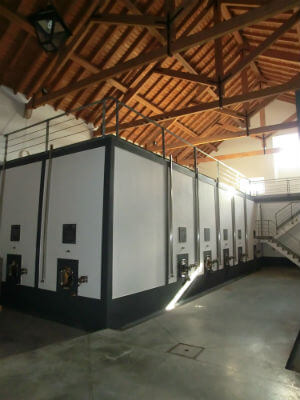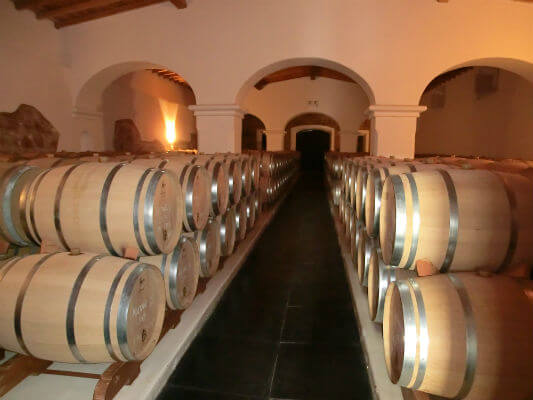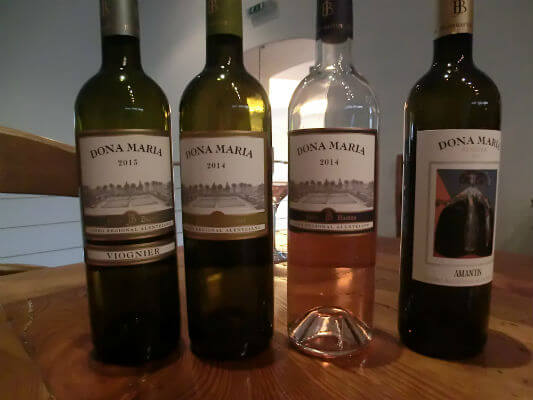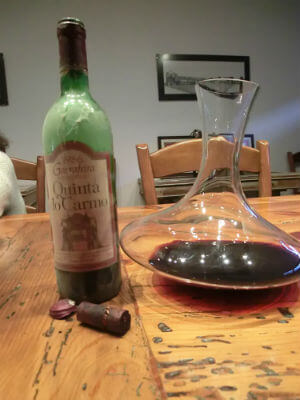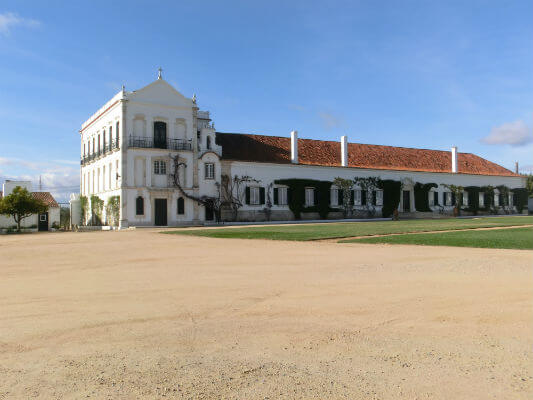The Symington family’s new Vintages
Text José Silva | Translation Jani Dunne
The Symington family chose the renovated Casa de Chá de Boa Nova, in Leça da Palmeira – right on top of the cliffs and the sea –, to present its two most recent Port wines.
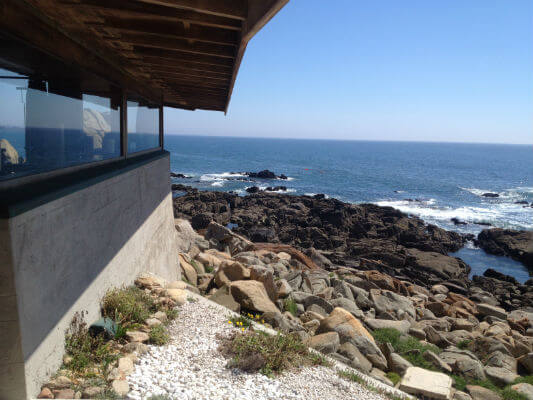
Casa de Chá da Boa Nova – Photo by José Silva | All Rights Reserved
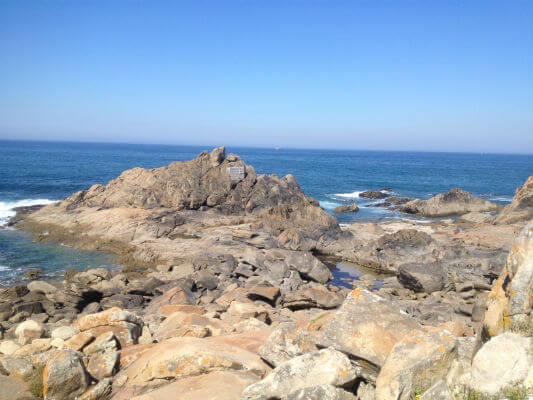
The Cliffs – Photo by José Silva | All Rights Reserved
Opposite the famous building by architect Siza Vieira stands the stone engraved with a verse by the poet António Nobre, who enjoyed musing for inspiration there.
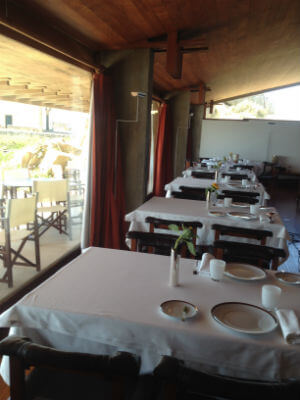
The place looks incredible – Photo by José Silva | All Rights Reserved
The place looks incredible, with light coming in from the sea, the restaurant now in charge of a team led by chef Rui Paula, who was able to not only provide an excellent flawless wine service, but also provide us with a delicious meal accompanied by wines from this Douro producer: the white Altanos full of freshness, elegant, of excellent acidity – modern whites. The Vesúvio reds are at a great level, full of structure, mighty yet elegant – very cuisine ready.
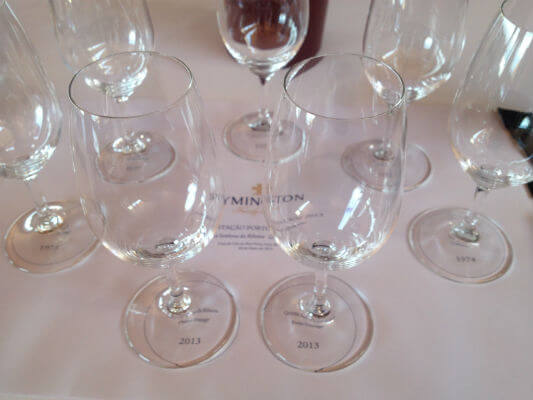
Careful presentation – Photo by José Silva | All Rights Reserved
The Symington cousins, Charles and Ruper, made a careful presentation of the wines we were about to taste. Besides the two new wines, we made a short but delightful trip through a few superb Port wines. Charles Symington also did a peculiar and very interesting talk on the use of new technologies for studying and controlling vineyards, using techniques that completely master the earth’s morphology and composition, its humidity, acidity and many other parameters. What’s the goal here? Well, to continuously improve the vineyards’ performance and obtain ever better grapes. The results are out.
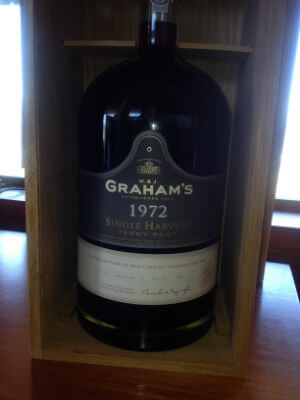
Grahams Colheita 1972 – Photo by José Silva | All Rights Reserved
We begin with two extraordinary Tawnies: first, the Grahams Colheita 1972, of a dark amber, and gold and brown streaks, proved a touch dry in the nose, notes of orange-tree flower, walnuts, hazelnuts, tobacco, full of scents. In the mouth, it has complexity, dry fruits, caramel, incredible acidity, some dry notes, it’s slightly smokey, ever evolving in the glass to an endless finish… already a classic Port.
Next followed Dow’s Colheita 1974 – of an average clear amber, it’s very elegant with notes of orange, some citrus, very delicate, almond-like scents, with spices, an authentic perfume. Excellent elegance in the mouth, powerful acidity, persistent, orange peel, still very refreshing, nuts and almonds, some smoke, tobacco, a very lasting finish for an extraordinary wine.
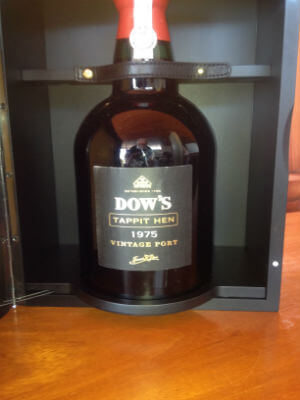
Dow´s Vintage 1975 – Photo by José Silva | All Rights Reserved
Next in turn were the Vintage; beginning with Dow’s Vintage 1975, they were served in an interesting fashion: poured from a sample Tappit Hen bottle of 2.1 litres, still used occasionally by the family. The wine is clearing up, revealing a pale hue of ruby. It’s extremely elegant in the nose, yet showing some fruit, jam and light notes of spices. Beautiful acidity, very engaging, some nuts, cherry, very elegant yet persistent, a lasting finish in a vintage that will continue developing for a long time. Next was Warre’s Vintage 1977, good-looking – a light average ruby. The austere nose, yet elegant, is smokey, still fresh, including notes of jam and fruits of the forest. In the mouth, it was deep, with amazing acidity, very complex, with notes of overripe fruit, still full of freshness, a lasting and flavourful finish. Finally, out came a delicious Graham’s Vintage 1977, a year of great Port for this producer. Unlike its cousins, the colour is amazing – a dark red, almost opaque. An amazing nose, deep, austere, but full of elegance, a lot of dark fruit, chocolate, very good. Very voluminous, very balanced but of mighty acidity, deliciously complex, some nuts, and an amazing, full, engaging finish; a great wine.
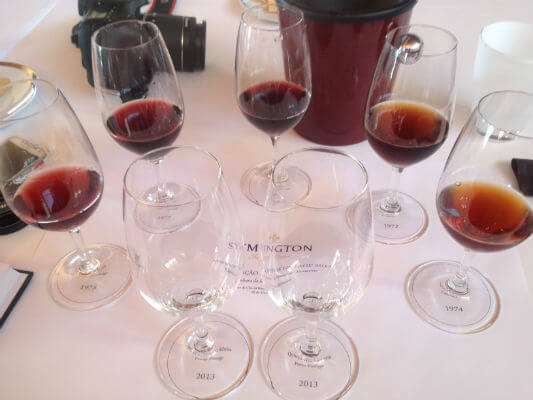
Tasting – Photo by José Silva | All Rights Reserved

Tasting – Photo by José Silva | All Rights Reserved
After a short break for a breath and two light talks by the two cousins about the new vintage wines, came the Dow’s Vintage 2013 by Quinta da Senhora da Ribeira. Opaque, almost black, and shiny. In the nose, it presented notes of dark chocolate, very ripe dark fruits, blackberries, plums, raisins, but was also very floral. Powerful in the mouth, sweet notes, chocolate, very ripe figs, tobacco, vibrant acidity, very involving – a beautiful interpretation of an excellent modern vintage.

Quinta do Vesúvio Vintage 2013 and Dow’s Vintage 2013 Quinta da Senhora da Ribeira © Blend All About Wine, Lda
Finally, the tradition of Quinta do Vesúvio Vintage 2013. Very dark, almost black, and silky. A fully fruity nose, a lot of elegance, floral, smokey, tobacco, cocoa and spices. Incredible in the mouth, excellent acidity, powerful, very ripe dark fruits, slightly spiced, almost spicy. It takes over your mouth and never ends… the interpretation, near perfection, of a place, a piece of land, vineyards, Quinta do Vesúvio! And also of the tradition of grapes crushed by foot inside granite presses – the return to Douro’s primal memories. A great Port wine!
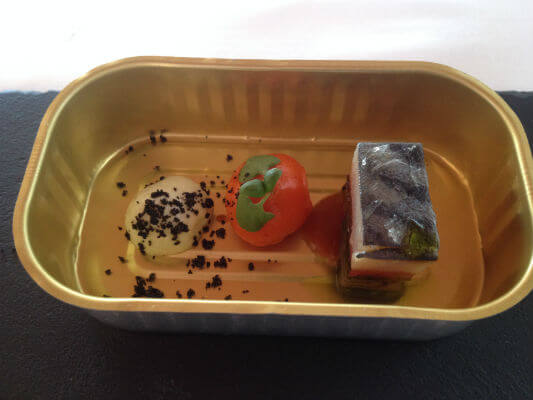
Smoked Mackerel – Photo by José Silva | All Rights Reserved
Once at the table in the restaurant, after a glass of champagne al fresco, we started with some appetisers: smoked mackerel with peppers, fake tomato with cottage cheese, and an olive with olive-oil merengue served in a charming tin.
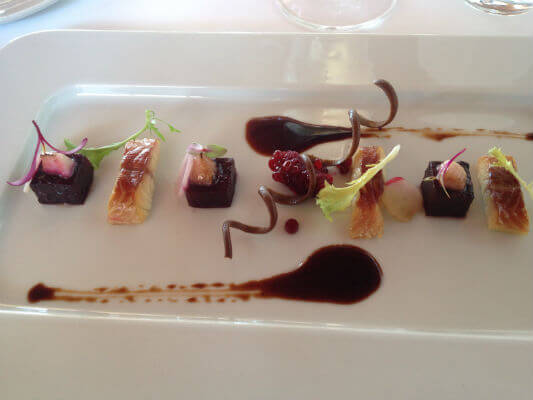
Smoked Eel – Photo by José Silva | All Rights Reserved
Next was the fish: smoked eel with beetroot and marrow.
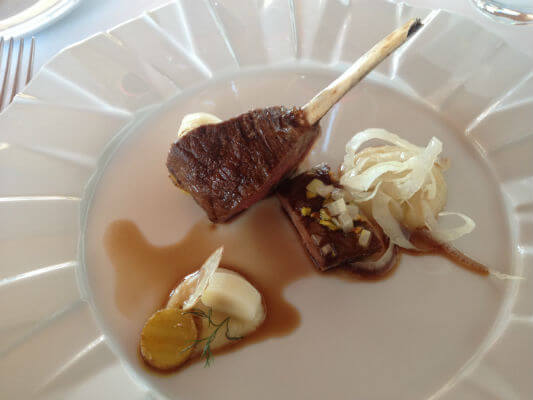
Rack of Lamb – Photo by José Silva | All Rights Reserved
For meat, we had rack of lamb with tupinambur and fennel.
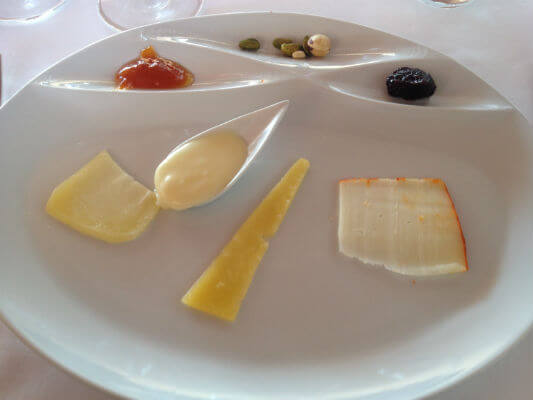
Selection of National Cheeses – Photo by José Silva | All Rights Reserved
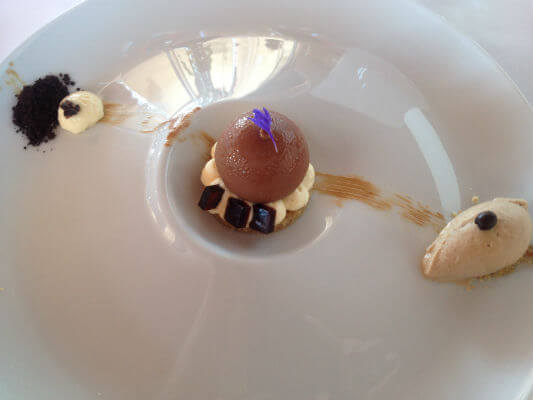
Tiramisu – Photo by José Silva | All Rights Reserved
A selection of national cheeses introduced dessert, a disconcerting “take it away” (tiramisu).
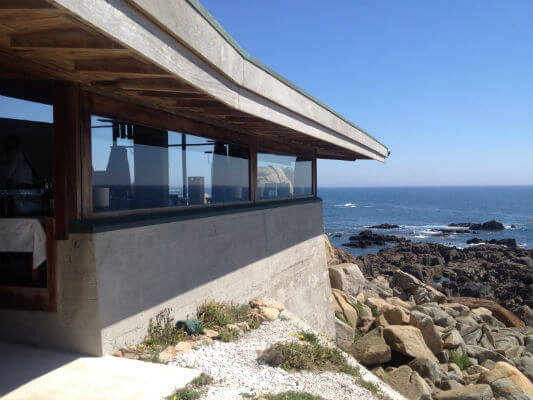
The Sea – Photo by José Silva | All Rights Reserved
In the meantime, we got back to the Port… the sea still splashing against the rocks.
Contacts
Symington Family Estates
Travessa Barão de Forrester 86
Apartado 26
4431-901 Vila Nova de Gaia
Portugal
Tel: +351 223 776 300
Fax: +351 223 776 301
E-mail: symington@symington.com
Website: www.symington.com



